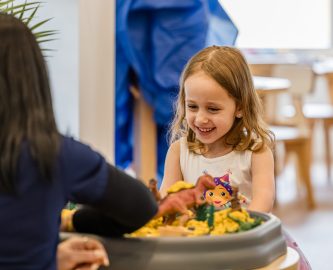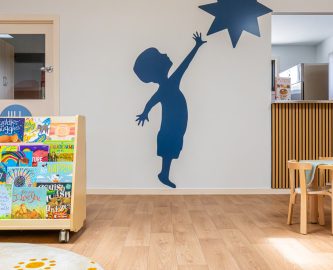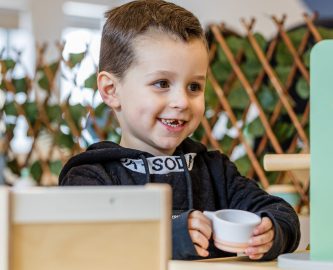At North Star Early Education, we believe technology can be a powerful tool—when used with intention and purpose. Our team recently attended the Murrindindi Children’s Network 2025 Early Childhood Conference, where Dr. Sumudu Mallawaarachchi, a research fellow at the Australian Research Council Centre of Excellence for the Digital Child, presented a balanced and insightful session on “Children’s Digital Technologies – Use from a Child Development Perspective.”
What stood out to us most was the shift away from “all or nothing” thinking. Instead, Dr. Mallawaarachchi introduced the concept of a digital diet—a helpful framework for understanding what kinds of screen use support a child’s development and what might be worth limiting.
The Digital Diet Approach: Not All Screen Time is Equal
Just like with food, a healthy digital diet includes a mix of different types of content. Some should be limited, some used sparingly, and others embraced for their developmental benefits.
Limit this type of use:
-
Sedentary viewing of low-quality content
-
Passive scrolling without engagement
-
Background TV that is on but not being watched
-
Caregiver screen use during important routines like meals and bedtime
These habits are associated with reduced attention, limited language exposure, and weaker social-emotional outcomes.
Use with caution:
-
Recreational apps and games
-
Screen use close to bedtime (recommended: no screens within one hour of sleep)
These can be enjoyable in small doses, but boundaries help ensure they do not interfere with rest or regulation.
Use purposefully:
-
Video chatting with family
-
Co-viewing or co-playing with an adult
-
Content that promotes social connection or positive values
These types of interactions help strengthen relationships and offer shared learning moments.
Use to enrich learning:
-
Educational or creative apps
-
Programs that encourage cognitive development, language, and emotional understanding
-
Screen time that promotes physical movement, such as dancing or following along with music
-
Digital play that is guided and age-appropriate
This is where technology can genuinely support a child’s curiosity and growth.
Technology Can Be Positive—When Used Well
When thoughtfully integrated into a child’s day, digital tools can:
-
Spark conversations and storytelling
-
Support language and thinking skills
-
Help children learn to focus and follow instructions
-
Introduce new ideas and creative possibilities
The key is adult involvement. Children benefit most when technology is used together with a caregiver, rather than alone.
Helpful Resources for Families
If you are looking for trusted advice or age-appropriate content recommendations, the following resources are a great place to start:
At North Star, we are not anti-technology. We support thoughtful, balanced use that helps children grow while preserving what matters most—connection, curiosity, and meaningful play. If you ever have questions about screen time or digital learning tools, our team is always happy to help.


